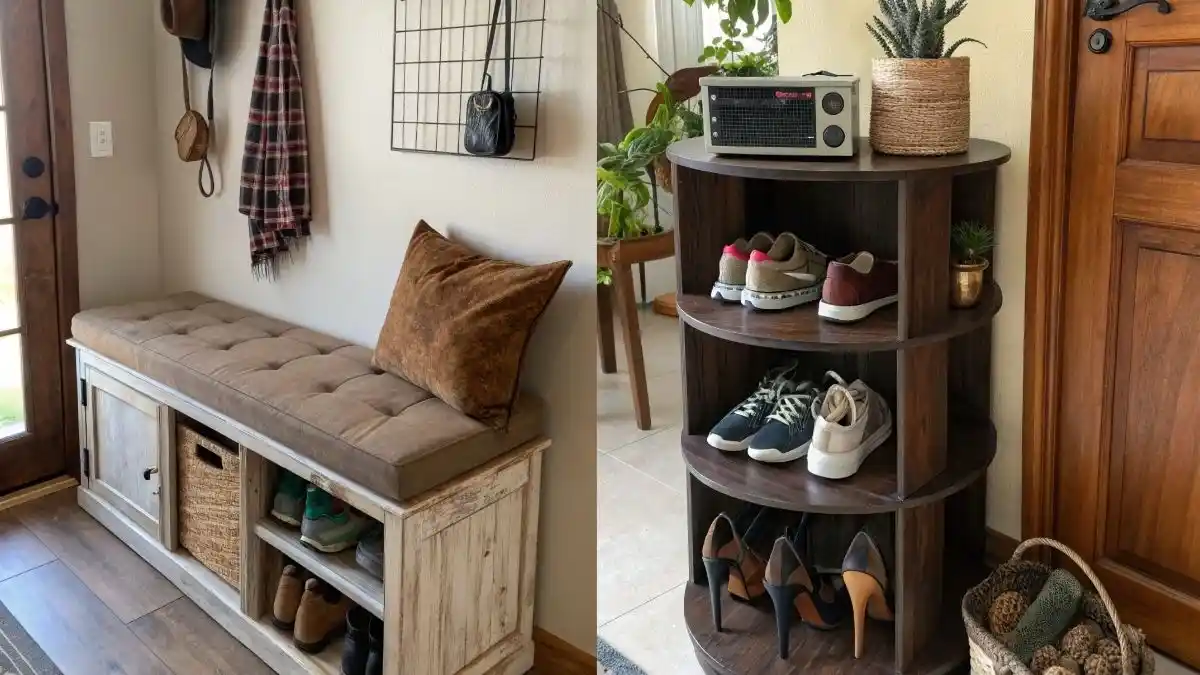I used to wonder why my lavender never grew strong and full. I planted it with love, but something felt off. If you’ve ever seen your lavender wilt or fail to bloom, I totally get how frustrating that is.
Timing is everything. Knowing when to plant lavender changed everything for me. I learned that seasons, sunlight, and even plant types all play a part. Miss the right moment, and the plant struggles.
What’s the best time to plant it? Let me walk you through what I’ve learned. It might just save your lavender like it did mine!
Ideal Timeframes for Planting Lavender Successfully
Getting the timing right can make a huge difference when planting lavender. I’ve learned this from my own garden wins and some losses, too!
Why Spring Is the Best Time to Plant Lavender
| My advice: I always plant my lavender in spring, once the soil warms up. |
This gives it time to grow strong roots before summer heat sets in. The roots love the early warmth and the steady sunshine.

Spring planting has never failed me. My lavender plants settle in well and start growing strong almost right away.
Lavender roots grow deep and fast. I make sure to give them good space and soft, well-drained soil so they can stretch out.
Risks of Planting Lavender in Winter or Late Fall

I learned the hard way: planting lavender in winter doesn’t work. Cold soil and frost stunt its growth or worse, kill it. The plants just can’t handle freezing temperatures.
Frost damages the soft leaves and new shoots. That’s why I avoid late fall too. The roots don’t get a chance to settle in before the cold hits.
| My advice: Wait until winter passes. Cold weather can be rough on tender lavender starts. |
Full Sunlight Is Key to Growing Thriving Lavender

Lavender loves the sun, so do I when I’m in the garden! I always plant mine in the brightest part of my yard. At least six hours of sunlight a day makes a big difference.
Note: Without enough sun, the plants get tall and thin.
I’ve seen mine grow weak stems and fewer flowers when I placed them in shady spots.
Fall Planting: Is It Right for Your Lavender Garden?
Fall can be a smart time to plant lavender, but only if the conditions are right.
I always take a closer look at my weather and soil before deciding. Here’s what works well for me when I plant in the fall.
Benefits of Planting Lavender During Fall Months

I like fall planting when the soil is still warm. That leftover summer heat helps the roots grow faster.
My plants get a head start. They settle in before winter and grow stronger by spring.
The best part? Fall-planted lavender develops a deep root system. That makes it healthier and more resilient later on.
What to Watch for When Planting Lavender in Fall

Fall planting isn’t always easy. I’ve had plants damaged when cold weather came too soon.
Note: Frost can harm soft leaves and young roots. That’s why I always take extra care.
Here’s what I do to protect my lavender:
| – Pick a sheltered spot with some wind protection – Use mulch to cover the base during cold snaps – Avoid planting too late in the fall season |
If your winters are harsh or unpredictable, I’d wait until spring instead.
Does Lavender Type Change Planting Timeframes?

Different types of lavender grow best at different times of year. I always check the variety before planting, so I can match the timing with what each one needs.
- English Lavender: This is the kind I use most often. It includes varieties like “Munstead”, “Lady”, and “Hidcote”. I plant these flowers in spring after the last frost or in early fall, usually around September.
- French Lavender: This type doesn’t handle cold well. I only plant it in spring to give it the full growing season to settle in.
- Spanish Lavender: These flowers have cute little tufts on top. They’re beautiful, but sensitive to cold. I always wait until spring to plant them, right after the last frost.
- Lavandin: This one is a hybrid, tougher than most. I plant Lavandin in spring or early fall, just like English lavender.
- Spike Lavender: It has a stronger scent, kind of like camphor. Spring planting works best, though it can take a bit more cold than the others.
- Portuguese Lavender: This one handles heat really well. I plant it in spring or early fall, depending on how hot or dry it gets.
- Lavender “Grosso”: This is one of my favorite Lavandin types—super fragrant! Depending on the conditions, I go with spring or early fall to plant my “Grosso.”
Here are a few things I always follow when planting:
| – Pick a location that gets at least six hours of full sunlight each day. – Use well-draining soil to avoid root rot. – Water young plants often until their roots settle in. – Don’t overwater once they’re established. Lavender doesn’t like soggy roots. |
Local climate really matters. I make sure to know my frost dates and climate zone ahead of time. Not sure what’s best? I ask the experts at my neighborhood nursery.
Final Thoughts on When to Plant Lavender
Lavender can be a bit picky, but in my experience, planting it at the right time is key. Knowing when to plant lavender has made all the difference in my garden.
Spring is always my safest bet, especially when the soil starts to warm up.
Fall planting also works for me, but only if the weather stays mild. No matter the type, I always give the roots time to settle in before the harsh seasons roll in.
Frequently Asked Questions About Planting Lavender
Can Lavender Be Planted in Every Season?
I’ve found that spring and early fall work best for planting lavender. These seasons give the roots time to grow without dealing with extreme heat or cold.
Lavender Germination: How Long Do Seeds Take?
When I start lavender from seed, it usually takes 2–3 weeks to sprout. Some types may take longer, so I just stay patient and keep the soil slightly moist.
Can Lavender Be Grown Indoors Successfully?
Yes, I’ve grown lavender indoors! It needs 6 to 8 hours of direct light each day. If my windows don’t get enough sun, I use a small grow light.
How Frequently Should I Water Lavender Plants?
Lavender doesn’t like wet feet. I let the soil dry out between deep waterings. Once the plant is settled, I water much less often.
Do Lavender Plants Require Regular Fertilizing?
I keep it simple with fertilizer. Too much feeding makes my plants grow tall and floppy. One light dose of organic fertilizer in early spring is enough for me.









